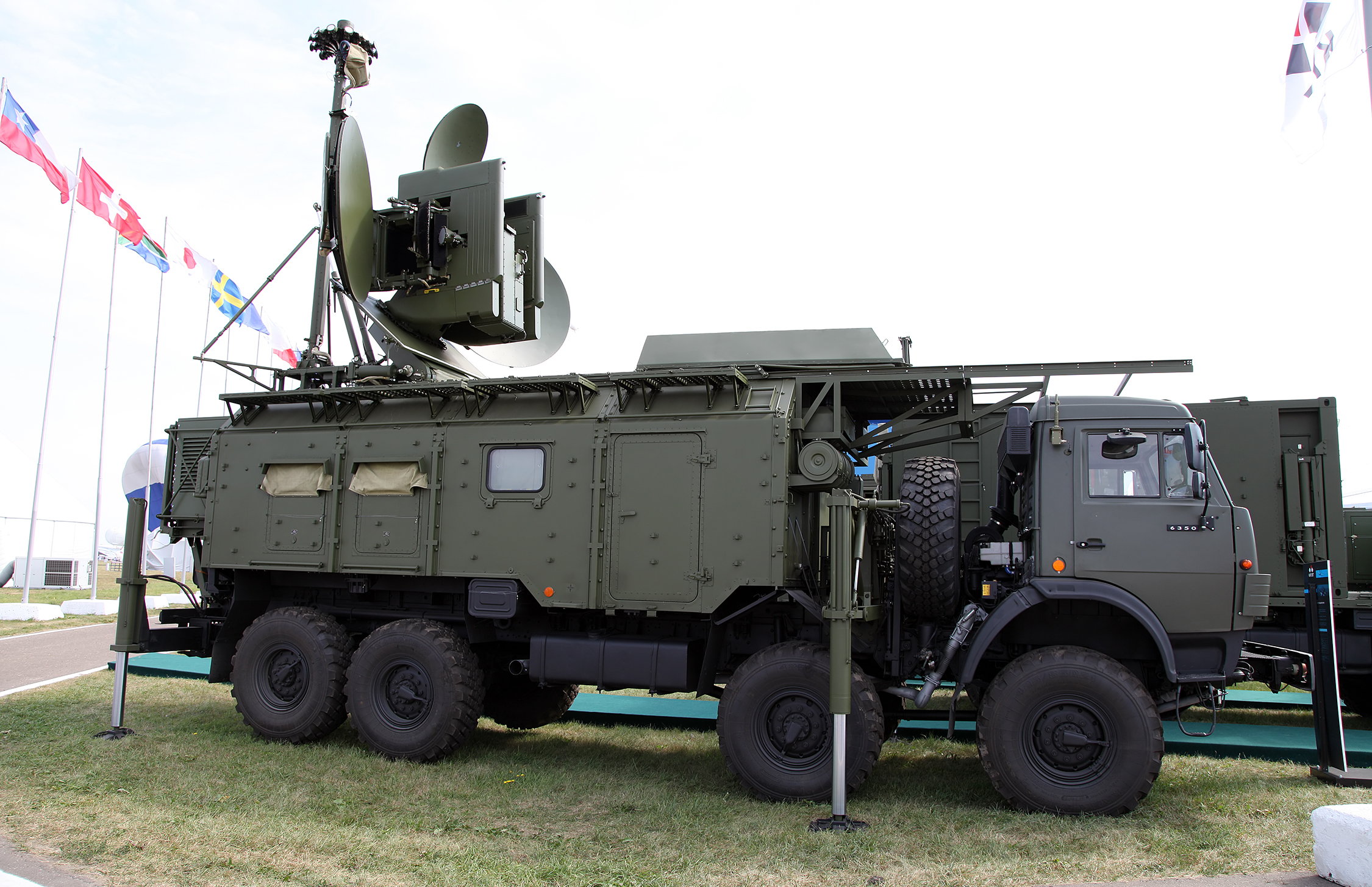Russian Army Gets Specialized Drone-Hunters

Credit to Author: David Axe| Date: Tue, 31 Oct 2017 15:00:00 +0000
The Russian army has established a ground-based unit specializing in defeating enemy drones. The unit—the first of its kind in Russia—operates electronic jamming systems that, in theory, can sever the radio connections between unmanned aerial vehicles and their operators.
Russian-made jammers reportedly have been successful in forcing down drones in the recent past. But that doesn’t mean America’s huge fleet of military UAVs is defenseless.
The counter-drone unit formed in Kursk in western Russia, the Kremlin announced on October 28. “The company is based on contract servicemen, sergeants and officers—specialists for combating drones with the help of electronic-warfare assets,” the Kremlin stated.
“They are the special forces of electronic warfare,” Col. Alexander Vostrikov, the unit’s command, said in the official statement.
The photo accompanying the Kremlin’s announcement depicts a Krasukha jammer—in essence, a powerful radio emitter on a heavy-duty truck. Russia deployed Krasukha systems to Syria in an effort to form a sort of electronic shield over Russian and allied forces in the country. The jammer can disrupt an enemy’s own signals, potentially preventing ground-based controllers from steering their drones via satellite.
Iran acquired older Avtobaza jammers from Russia. An Iranian Avtobaza reportedly was instrumental in Tehran’s carefully-coordinated effort to force down a US Air Force RQ-170 stealth drone on the Iran-Afghanistan border in December 2011.
Iranian troops used their Avtobaza to disrupt the radio signal between US satellites and the RQ-170, then beamed their own commands to the drone—instructing it to land, according to Brig. Gen. Amir Ali Hajizadeh, the head of the Islamic Revolutionary Guard Corps’ air arm in 2011. Tehran promptly disassembled and copied the radar-evading UAV.
The lengths the Iranians had to go to in order to force down the RQ-170 should offer some comfort to US drone operators. It took Tehran’s troops four years to learn how to track the RQ-170 and predict its movements along the border.
For a radio jammer to work, it needs to be fairly close to the signal its crew wants to disrupt. The Avtobaza, for one, can detect targets up to 93 miles away, according to Air Power Australia, an independent think tank specializing in military electronic systems. Jamming requires more power than detecting does, so the range at which the Avtobaza can disrupt a drone is certainly shorter than 90 miles.
That’s why Russia’s jammers, and the new counter-drone “special forces” that operate them, don’t necessarily pose an existential risk to the US military’s UAVs. The Russian drone-hunters could struggle to pinpoint targets. “It would seem to be hard to do unless you knew where they were going to be and when,” one former US drone-developer explained on condition of anonymity.
The Kremlin seems to appreciate that fact, and is stressing the training of its new counter-drone unit. “Work on the training of servicemen of this unit is carried out according to a program that is longer than the training periods for regular units,” Vostrikov said.
Get six of our favorite Motherboard stories every day by signing up for our newsletter.
https://motherboard.vice.com/en_us/rss